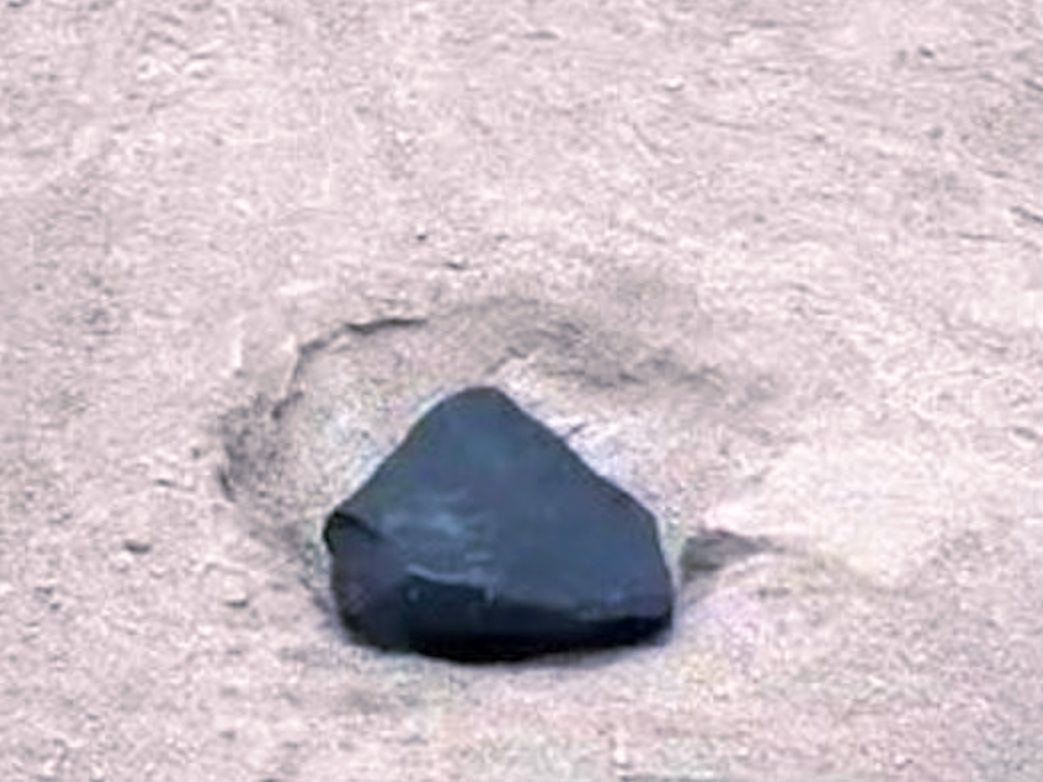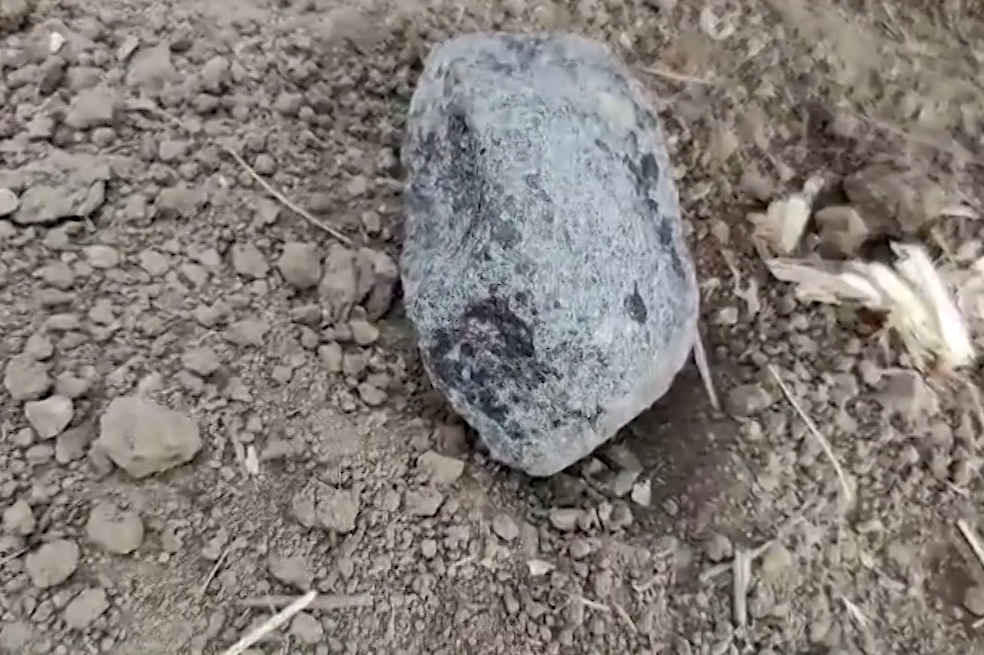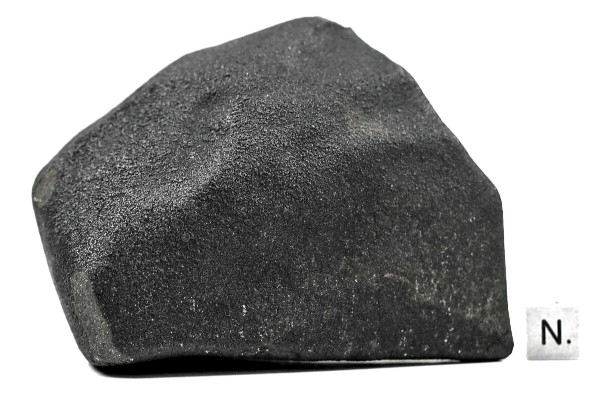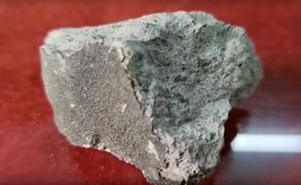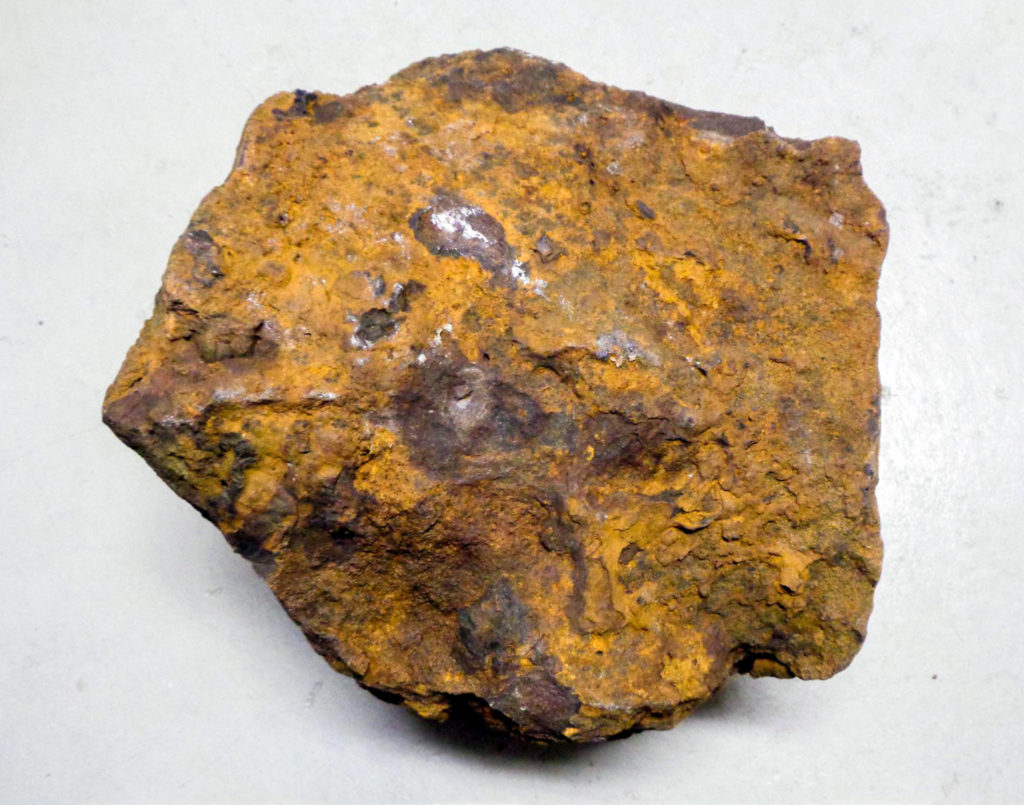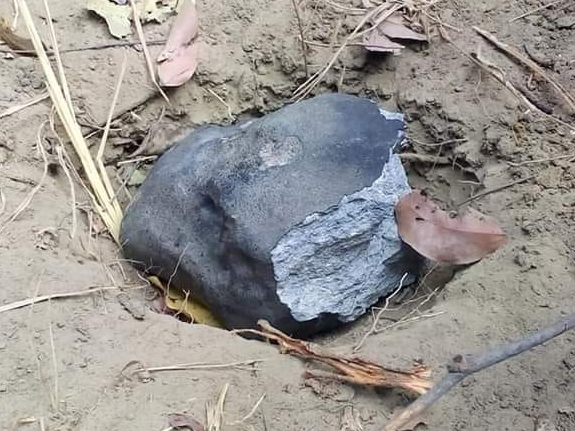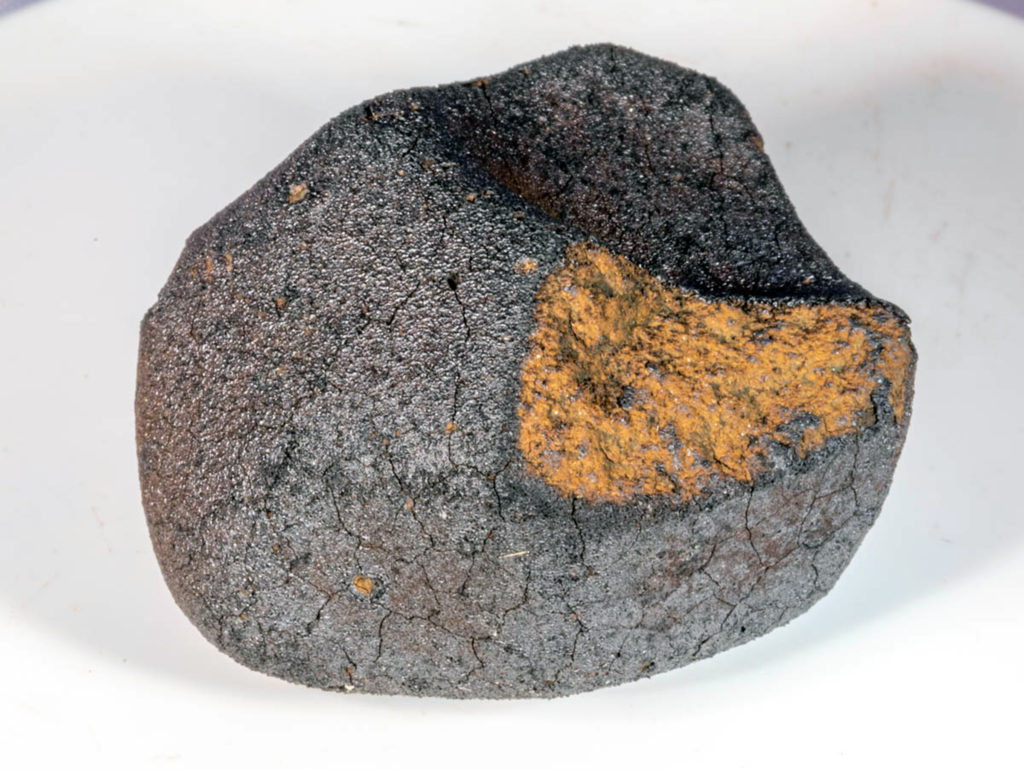Raman spectroscopic analysis of carbonates on a CY-type carbonaceous chondrite Yamato 980115: unexpectedly abundant terrestrial weathering productsOPEN ACCESS
Shu-hei Urashima, Hayato Tsuchiya, Naoya Imae, Akira Yamaguchi & Hiroharu Yui
Raman Spectroscopy for Analytical Applications, Published: 24 February 2025
LINK (OPEN ACCESS)
PDF (OPEN ACCESS)
“This study presents Raman spectra of carbonates on a carbonaceous chondrite, Yamato (Y) 980115. Y 980115 is an Antarctic meteorite and is originally classified as CI1-type. Since CI1-type meteorites are expected to record information of aqueous alteration of carbonaceous matters in the primitive solar photosphere or planetesimals, extensive studies have been performed. Among a variety of minerals on meteorites, carbonates are one of environment indicators because its cation composition depends on thermochemical properties of the aqueous solution when they were precipitated. Although the minerals on meteorites are usually identified by elemental composition analysis techniques such as backscattered electron imaging, these techniques have a drawback that they lack information of crystal structures so that it is difficult to distinguish some minerals such as ordered or disordered dolomite (CaMg(CO3)2) and a mixture of calcite (CaCO3) and magnesite (MgCO3). The present study employed Raman spectroscopy as a complementary technique to the elemental composition analysis. As a result, surprisingly, while the Mg-bearing carbonates on Y 980115 were expected mainly to be dolomite, the Raman spectra revealed that they are indeed nesquehonite (Mg(HCO3)(OH)·2H2O), which is a typical terrestrial weathering product for Antarctic meteorites. Among 63 carbonate grains found on Y 980115, 60 and 3 grains were assigned to nesquehonite and calcite, respectively, and no dolomite was found. This result indicates that there are unexpectedly abundant terrestrial weathering products for carbonates found on Y 980115.”

